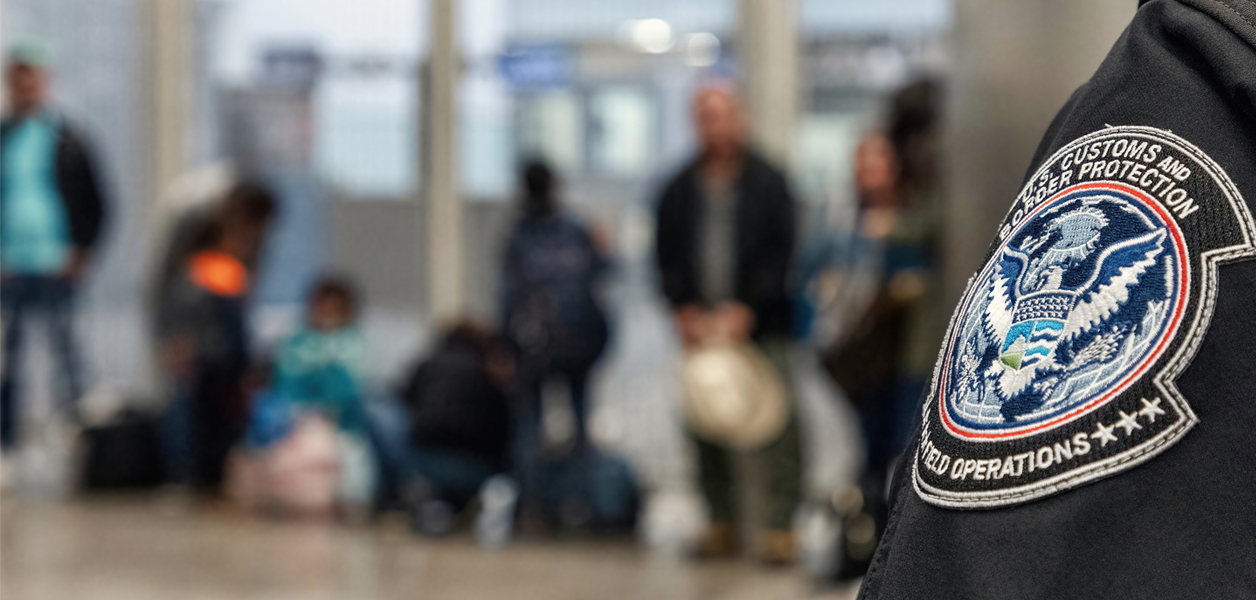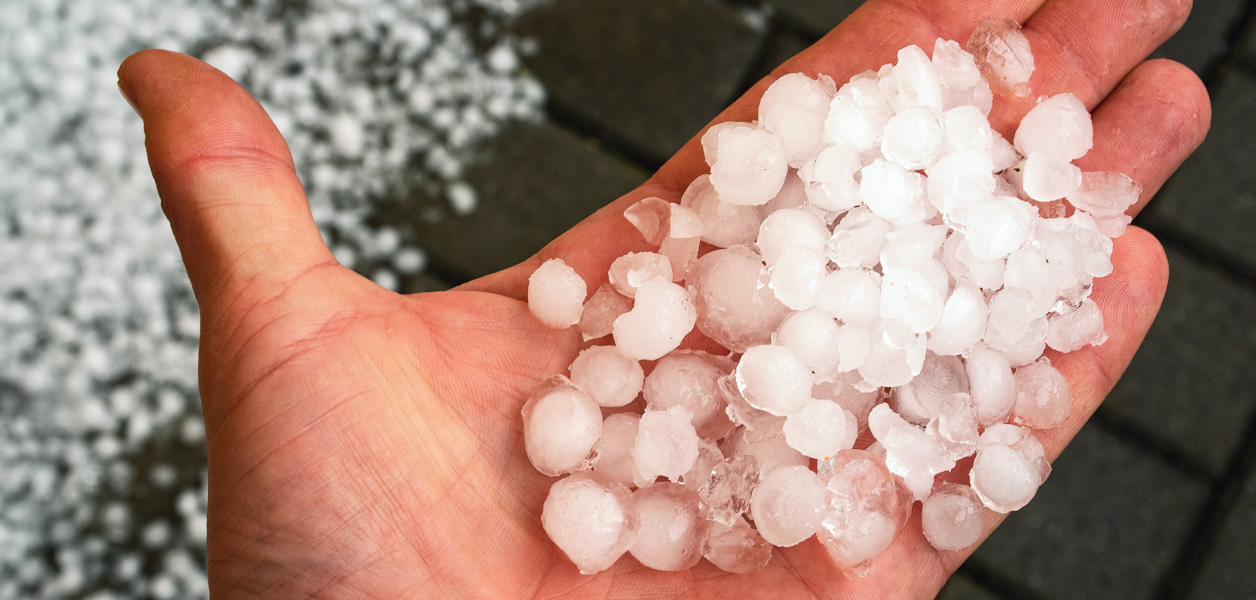Attorneys say state work safety agencies are preparing to ramp up enforcement in response to an anticipated change from Biden-era enforcement to decreased enforcement under the new Trump administration, according to Bloomberg Law.
The Trump administration is expected to pull back on work safety efforts by slowing down implementation of new rules and reducing worksite inspections.
Some states are poised to ensure companies comply with local rules that are not in effect at the federal level—such as the proposed national heat standard—and employers in those states will be subject to requirements stricter than federal requirements.
California’s Division of Occupational Safety and Health is preparing to lead efforts for worker protections, and Oregon and Washington are expected to follow suit. Other states with occupational safety and health plans—such as Kentucky, Michigan and Tennessee—are expected to be more moderate in their approaches.
Twenty-seven states, Puerto Rico and the U.S. Virgin Islands have federal approval to operate a job safety agency.
There often is tension and variation when the Occupational Safety and Health Administration sets the minimum requirements for itself and states. Federal law says OSHA can launch a takeover of a state worker safety program if it is not “at least as effective as” the federal agency. Most recently, South Carolina and Arizona have been involved in fights with federal OSHA regarding their power to enforce worker safety protections.
Although some states may want to adopt or expand their worker safety programs, it can be costly. During the past decade, Florida and Kansas lawmakers considered establishing state plans but decided against it because the states would have to pay much of the program’s expenses. Finding subject-matter experts to staff a state work safety agency also can be a challenge. Converting into a state plan could be done in as little as six months, but it depends on the existing administrative frameworks within states.





